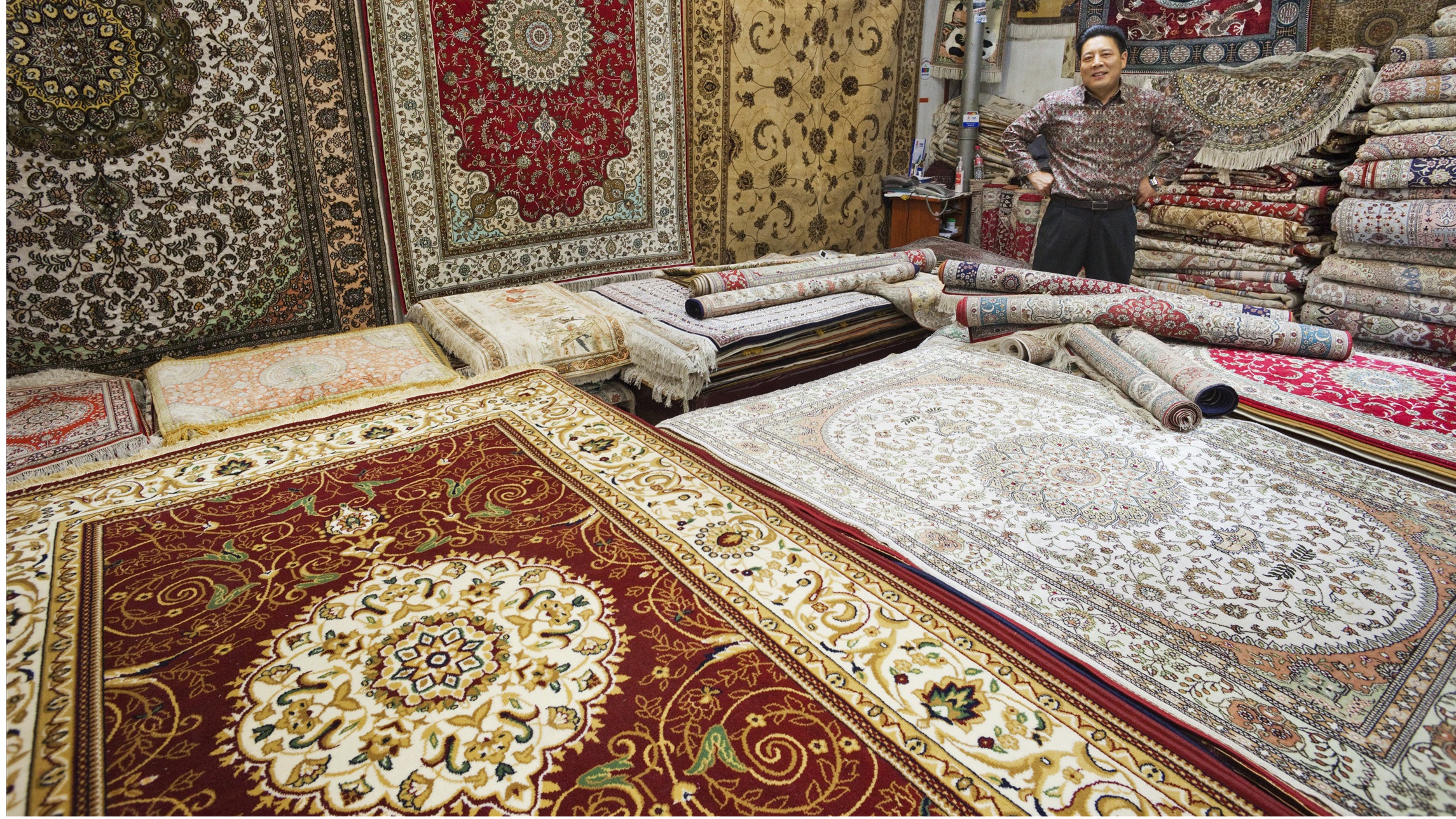The traditional handicraft products of old Beijing style represent the essence of folk handicrafts all over the country, and peaked Chinese traditional handicraft art in the Qing Dynasty, and have grown into palace art with Beijing style. We will brief you on three traditional handicraft products of old Beijing style, and tell you that where they are available.
Inlaid Gold Lacquerware
What is gold inlaid Lacquerwares? Lacquer art, with its earliest and most widely used form being lacquer painting, always means the combination of lacquer and pigment. Besides using pigment, lacquer art also means the combination of lacquer and gold.When gold lacquer meets inlaying, inlaid gold lacquerware is born.
Where to buy: Gongmei Building, Wangfujing
Address: No. 200, Wangfujing Avenue, Dongcheng District, Beijing
Filigree Inlaying
Filigree inlaying, also called fine metal workman's technique, is a traditional form of craftsmanship with a long history, which is mainly used to make imperial accessories. It’s the combination of filigree and inlaying. Filigree is made of gold, silver, and copper through nipping, filling, assembling, welding, weaving, piling, and other traditional techniques. Inlaying is made through rasping, engraving, pounding, striking, squeezing, embedding, and other techniques. Sheetmetal is first shaped into base or claw-shaped groove, which will be inlaid with pearl and gem.
Filigree inlaying, as a form of craftsmanship, excels in weaving and piling, which will materialize a magnificent work when Kingfisher feather inlaying is also used. The kingfisher is a beautiful bird with feathers on its back displaying very attractive and lively blue color, which are often mounted in different jewelry pieces by skilled craftsmen. Now filigree inlaying can only be found in Beijing and Chengdu, with the former being home to the most well-developed filigree inlaying. Filigree inlaying in Beijing symbolizes imperial filigree inlaying of China.
Where to buy: Gongmei Building, Wangfujing
Address: No. 200, Wangfujing Avenue, Dongcheng District, Beijing
Imperial Carpet

Imperial carpet, originated in Ningxia, is a kind of handicraft with Beijing local identities and imperial features. The well-knit carpet is firm and soft, and appealed to imperial court and dignitaries. It became part of imperial supplies since the Yuan Dynasty, thus being called imperial carpet.
Where to buy: Gongmei Building, Wangfujing
Address: No. 200, Wangfujing Avenue, Dongcheng District, Beijing




